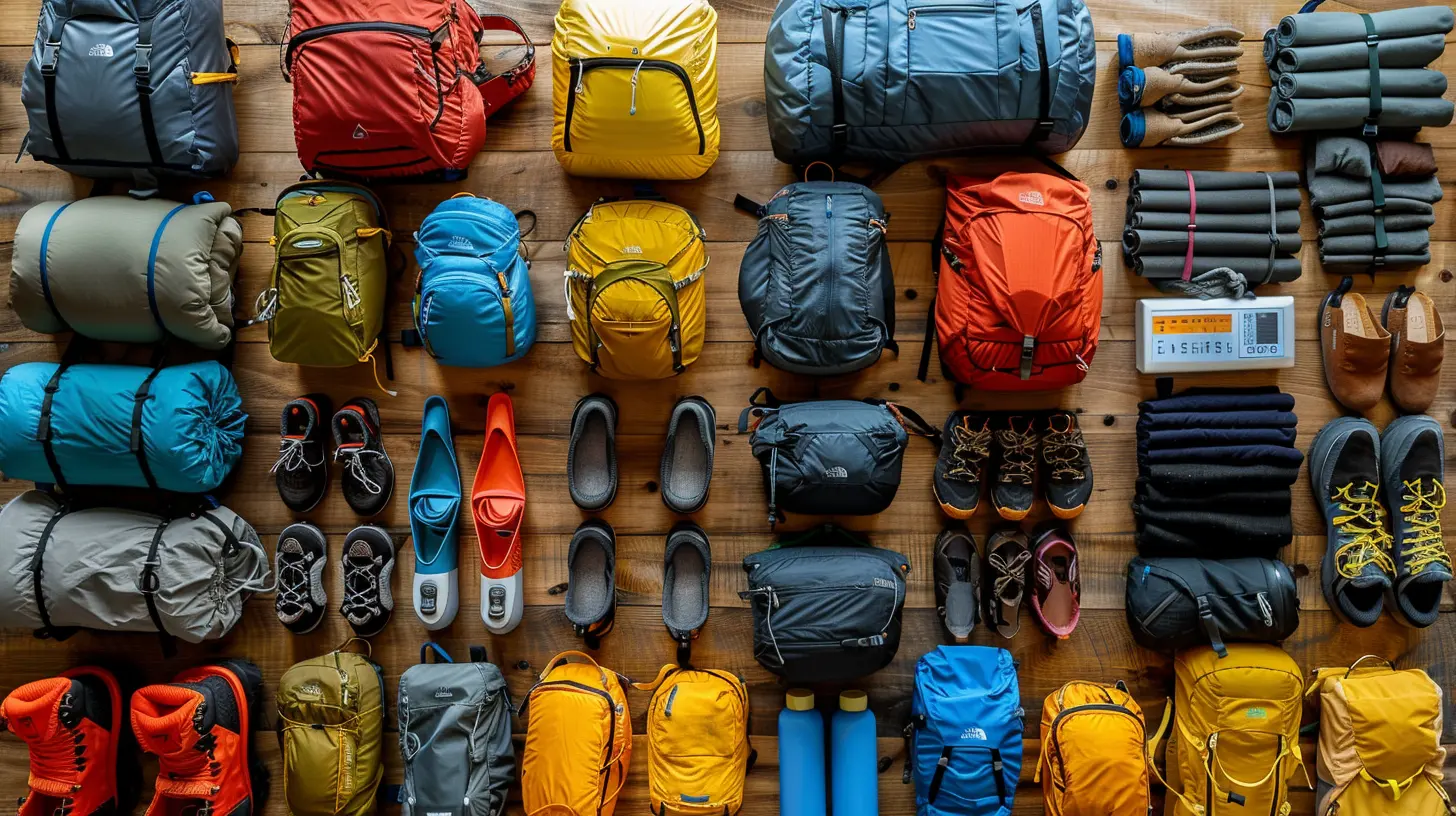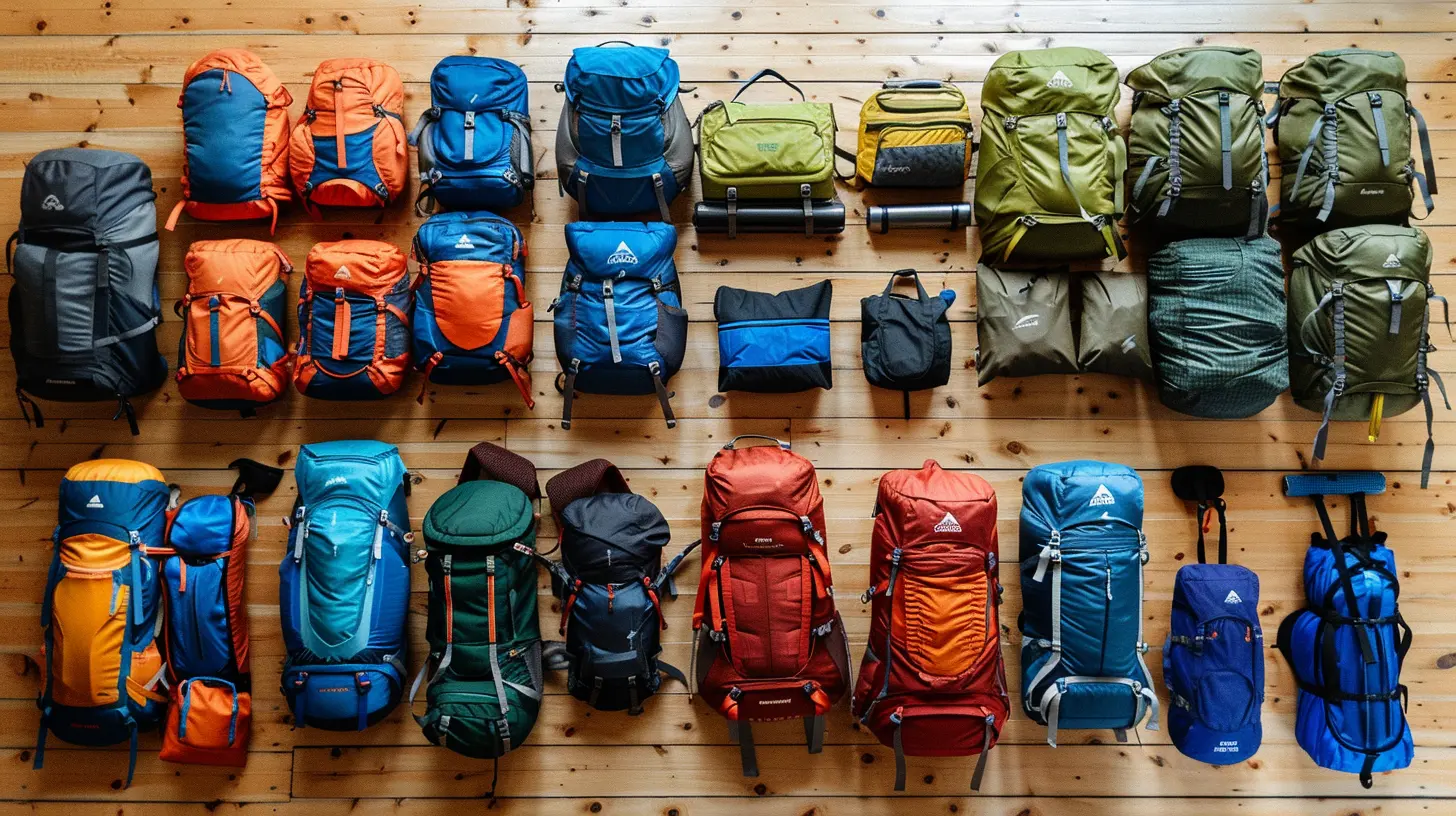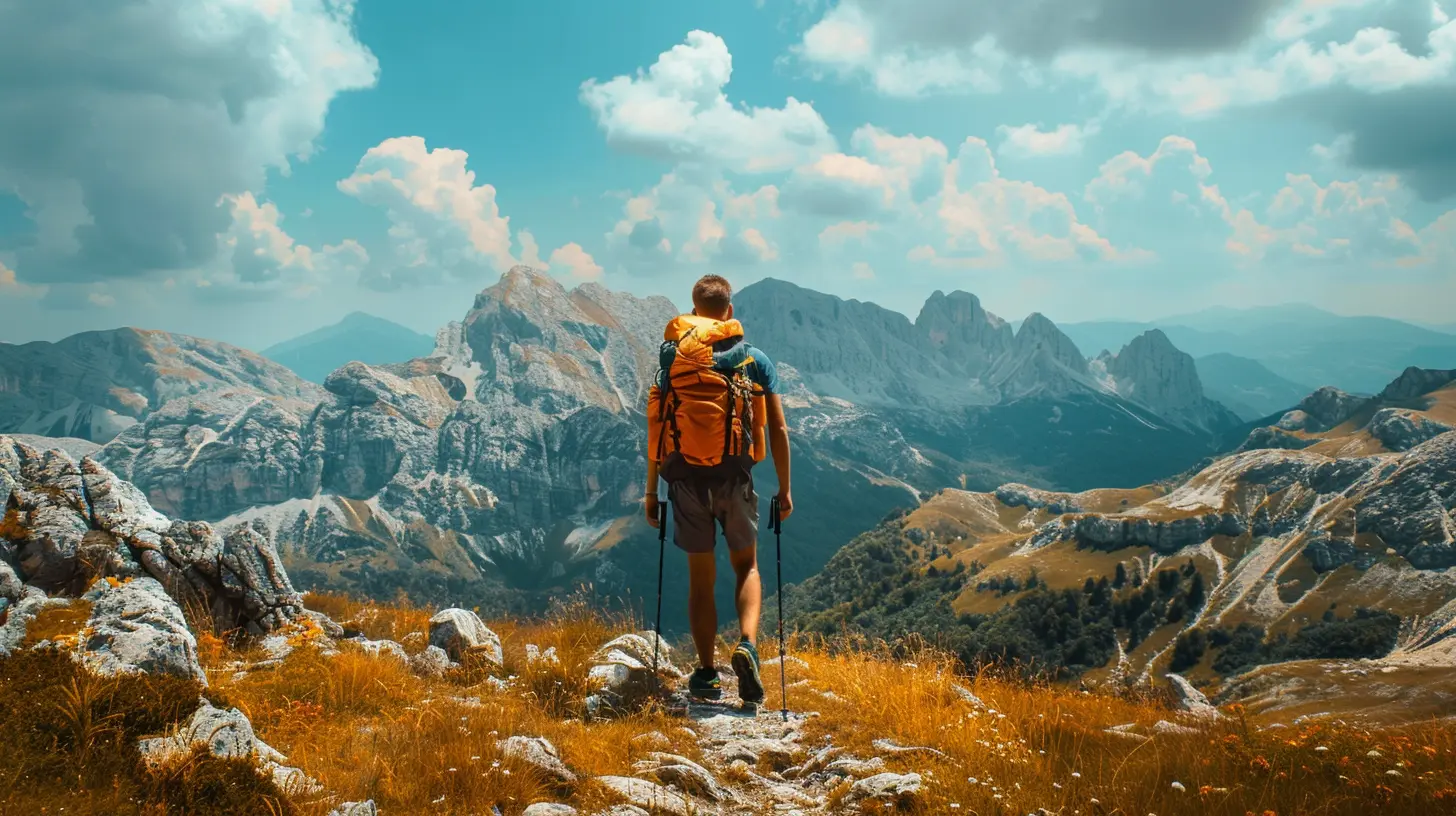What to Pack for a Hiking Adventure
28 September 2025
The wild calls, the mountains whisper, and the trails beckon—are you ready to answer? A hiking adventure promises breathtaking landscapes, soul-refreshing solitude, and an escape into nature’s embrace. But before you lace up those boots and hit the trails, let's talk about something crucial—what to pack for a hiking adventure.
Bringing the right gear can be the difference between a seamless trek and a struggle against the elements. Forget something essential, and you might find yourself shivering, starving, or blistered beyond belief. Pack wisely, and you'll be free to soak in every stunning view without a worry in the world.
So, let’s dive in and lay out the ultimate packing list for your next hiking adventure! 
1. The Right Backpack: Your Trusty Trail Companion
Your backpack is like a loyal travel companion—it carries your essentials, takes the weight off your shoulders (literally), and can make or break your hike. Choose wisely!- Size Matters: For day hikes, a 20-30L pack works wonders. Planning a multi-day trek? Go for 50L or more.
- Comfort is King: Look for padded straps, a sturdy hip belt, and breathable back panels.
- Weather-Resistant: A rain cover or waterproof material is a lifesaver if the sky decides to cry.
A good backpack should feel like an extension of your body—secure but never restricting, supportive but never suffocating. 
2. Clothing: Dressing for the Wilderness
Hiking is unpredictable—one moment you’re basking in the sun, the next you’re wrapped in misty chills. The secret? Layering like a pro.Base Layer: Your Second Skin
- Moisture-wicking fabric (no cotton!)- Breathable, quick-dry materials
Mid Layer: The Insulation Hero
- Fleece or lightweight down jacket- Helps trap body heat without bulkiness
Outer Layer: The Weather Warrior
- Waterproof and windproof shell- Keeps rain, wind, and unexpected chills at bay
And don’t forget:
- Comfy hiking pants or leggings (flexibility is key!)
- Hat & gloves (yes, even in warm weather—mountain weather flips moods fast)
- Extra socks (trust me, wet feet are a nightmare) 
3. The Right Shoes: Where the Trail Meets Your Feet
Your feet do all the heavy lifting, so treat them right!- Hiking boots: Ankle support and grip for rocky terrain
- Trail runners: Lighter, breathable option for well-maintained trails
- Sandals: A comfy camp essential for giving your feet a breather
Remember: Break in your hiking boots before hitting the trail unless you enjoy painful blisters! 
4. Navigation Tools: Because Getting Lost is NOT the Goal
Nature is stunning, but it’s also vast and unforgiving. Losing the trail can turn an adventure into a survival story real fast. Pack these:- Topographic map & compass: Old-school but reliable, even when tech fails.
- GPS or smartphone app: Apps like AllTrails or Gaia GPS keep you on track.
- Whistle & signal mirror: Just in case you need to attract attention.
Don't rely solely on technology—battery life is a fickle thing in the wild!
5. Food & Snacks: Fuel for the Journey
A hungry hiker is a grumpy hiker. Keep your energy up with lightweight, high-calorie snacks such as:- Trail mix (the king of hiking fuel)
- Energy bars or granola bars
- Dried fruits and nuts
- Jerky (protein punch!)
- Nut butter packets for quick energy
For longer hikes, pack dehydrated meals or simple foods like instant oatmeal. And, of course…
6. Hydration: Water is Life
Never underestimate how much water you’ll need. Dehydration sneaks up on you like a cunning fox.- Water bottles or a hydration bladder (at least 2-3 liters)
- Water filter or purification tablets (because mountain streams aren’t always as pure as they look)
A good rule: Drink before you feel thirsty—by the time you're parched, dehydration has already started its mischief.
7. Emergency & First Aid Kit: Safety First, Always
Unexpected things happen—scrapes, blisters, bruises, or worse. Be ready:- Bandages & blister pads
- Antiseptic wipes & antibiotic ointment
- Pain relievers (because sore muscles are inevitable)
- Tweezers (splinters and ticks!)
- Emergency space blanket (lightweight lifesaver)
- Multi-tool or knife (because MacGyver moments happen)
8. Sun Protection: The Sun Isn’t Always Your Friend
Up in the mountains, the sun is relentless. Protect yourself from its fiery embrace!- Sunglasses (preferably polarized)
- Sunscreen (SPF 30 or higher)
- Lip balm with SPF
- A wide-brimmed hat (shade is priceless)
9. Trekking Poles: Your Trail’s Best Friend
These might seem unnecessary, but trust me—your knees will thank you later. They:- Reduce impact on joints (especially downhill)
- Provide balance over tricky terrain
- Save energy on long inclines
Imagine having an extra set of legs—yep, that’s what trekking poles feel like!
10. Camping Essentials (For Multi-Day Treks)
If you're venturing out overnight, here’s what you’ll need:- Tent – Lightweight but sturdy against the elements
- Sleeping bag – Choose one suited for the expected temperatures
- Sleeping pad – Because hard ground is not fun to sleep on
- Cooking gear – Compact stove, fuel, utensils, and cookware
- Bear-proof food container – If hiking in bear country, your snacks need protection!
11. Extras That Can Be Lifesavers
Not essentials, but oh-so-useful:- Headlamp & extra batteries (because it gets DARK out there)
- Lightweight towel
- Duct tape (fixes everything—blisters, gear mishaps, you name it)
- Notebook & pen (for jotting down thoughts under the stars)
- Camera (because memories deserve to be captured)
Final Thoughts: Pack Smart, Hike Happy
Packing for a hiking adventure isn’t just about throwing random gear into a bag—it’s about preparing for every possible scenario. The goal? Stay comfortable, safe, and fully immersed in nature's wonders without unexpected setbacks.Think of it like writing a love letter to the great outdoors—every item you pack is a promise to respect, enjoy, and thrive in the wilderness. Pack smart, step boldly, and let the mountains work their magic.
Happy hiking!
all images in this post were generated using AI tools
Category:
Packing TipsAuthor:

Winona Newman
Discussion
rate this article
1 comments
Milena Sullivan
Essentials ensure safety and comfort.
September 28, 2025 at 3:40 PM

Winona Newman
Absolutely! Packing essentials is key to enjoying a safe and comfortable hiking experience.


